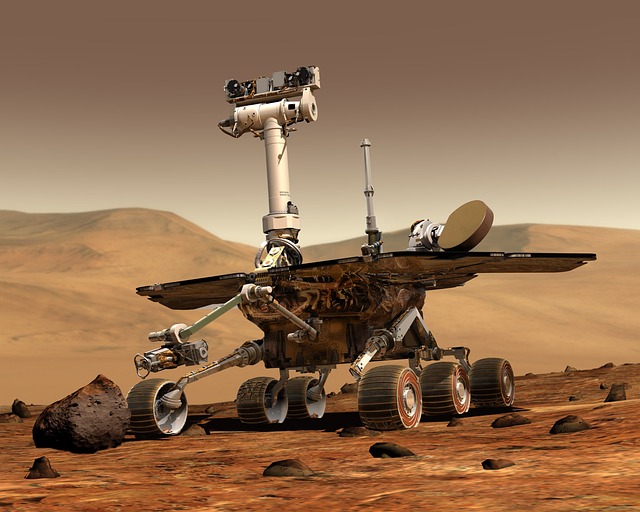In today’s rapidly evolving technological landscape, the phrase data mining” is becoming a cornerstone concept, particularly in the fields of robotics, artificial intelligence, and business automation. As we delve into the potential of data mining, we uncover its capabilities to transform how machines learn and make decisions, thereby revolutionizing processes across various industries.
Data mining is not just about extracting information; it’s about discovering patterns and insights that can propel innovation and efficiency. In robotics, for instance, data mining enables intelligent machines to learn from their environments. Imagine a robot that can autonomously navigate complex terrains. Through data mining, it can analyze various data points, such as terrain type, obstacles, and environmental conditions, and adapt its movements accordingly. This ability to learn from past interactions leads to improved functionality and, ultimately, greater effectiveness in tasks.
When it comes to artificial intelligence, the synergy between data mining and machine learning is undeniable. AI systems rely heavily on vast amounts of data to train algorithms that can predict outcomes or make decisions. Data mining techniques sculpt this raw data into meaningful insights that enhance the training process. For example, by analyzing user behavior, AI can anticipate customer needs and preferences, leading to more personalized experiences. This intelligence is not merely beneficial but essential in a landscape where user expectations are ever-increasing.
Moreover, in the realm of business automation, data mining serves as a catalyst for operational improvement. Organizations today are inundated with data from numerous sources: customer interactions, sales transactions, and market fluctuations. By applying data mining techniques, businesses can uncover trends that drive strategic decisions. For example, identifying purchasing patterns can inform inventory management and streamline supply chains. Automated systems equipped with these insights will not only enhance productivity but also optimize cost-efficiency, giving organizations a competitive edge.
The integration of data mining into these domains teaches us crucial lessons about adaptability and foresight. As machines and systems learn from available data, they become part of a continuous feedback loop that emphasizes improvement and evolution. This capability reflects a fundamental aspect of human learning: the ability to adapt based on experience. Robotics, AI, and automation can mirror this human trait, creating technologies that not only perform tasks but also evolve and improve over time.
Embracing data mining in learning processes is about fostering an environment where innovation thrives. Organizations that harness this power will not only enhance their operational capabilities but also generate a culture of continuous learning and improvement. In robotics and AI, this translates to smarter, more capable systems; in business, to more agile and responsive operations. As we step into a future where technology continues to integrate deeply with our lives, the potential of data mining stands as a beacon of advancement, inviting us to explore, innovate, and ultimately, transform.




